Jean Turner | January 1, 2016
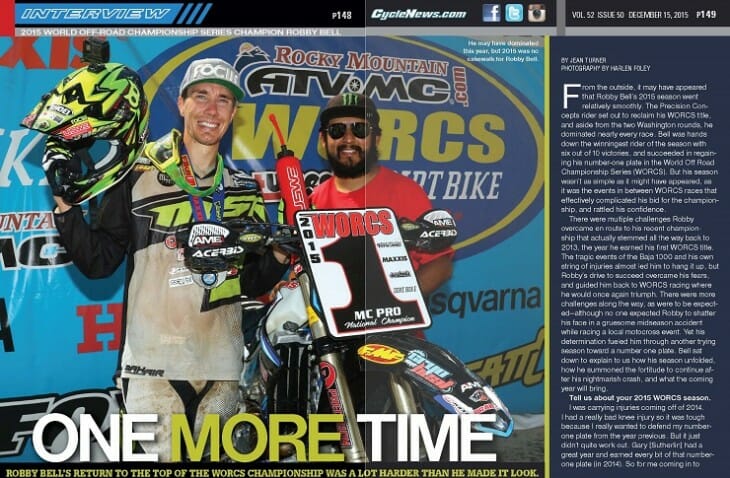
You can read the original magazine story by clicking HERE.
Photography by Harlen Foley
From the outside, it may have appeared that Robby Bell’s 2015 season went relatively smoothly. The Precision Concepts rider set out to reclaim his WORCS title, and aside from the two Washington rounds, he dominated nearly every race. Bell was hands down the winningest rider of the season with six out of 10 victories, and succeeded in regaining his number-one plate in the World Off-Road Championship Series (WORCS). But his season wasn’t as simple as it might have appeared, as it was the events in between WORCS races that effectively complicated his bid for the championship, and rattled his confidence.
There were multiple challenges Robby overcame en route to his recent championship that actually stemmed all the way back to 2013, the year he earned his first WORCS title. The tragic events of the Baja 1000 and his own string of injuries almost led him to hang it up, but Robby’s drive to succeed overcame his fears, and guided him back to WORCS racing where he would once again triumph. There were more challenges along the way, as were to be expected—although no one expected Robby to shatter his face in a gruesome midseason accident while racing a local motocross event. Yet his determination fueled him through another trying season toward a number-one plate. Bell sat down to explain to us how his season unfolded, how he summoned the fortitude to continue after his nightmarish crash, and what the coming year will bring.
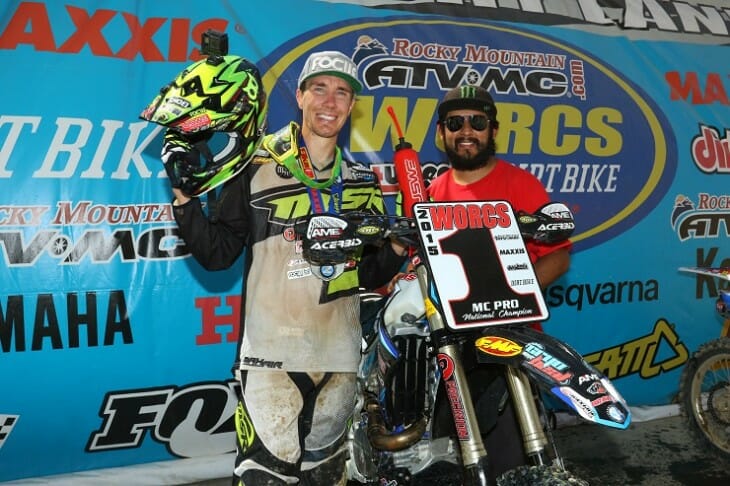 Robby Bell celebrates his 2015 number-one plate on the WORCS podium.
Robby Bell celebrates his 2015 number-one plate on the WORCS podium.
Tell us about your 2015 WORCS season.
I was carrying injuries coming off of 2014. I had a really bad knee injury so it was tough because I really wanted to defend my number-one plate from the year previous. But it just didn’t quite work out. Gary [Sutherlin] had a great year and earned every bit of that number-one plate (in 2014). So for me coming in to 2015, especially in the beginning of the year, I wanted to come out and make a statement. I started the year on fire and attacked. Taft, I just had a solid victory. Primm, I had a good victory. Canyon, I had a good victory. It was pretty much just stringing them together and unfortunately Gary got hurt. From there, around the midpoint of the year before I had a pretty bad injury, I had already opened up a pretty big points lead. So honestly, just the way I came into the series so focused on making a good start is what won the championship for me, because I was able to—through the last three or four rounds—not have to take any risks and ride a little bit more within myself because I had opened up a pretty good points cushion.
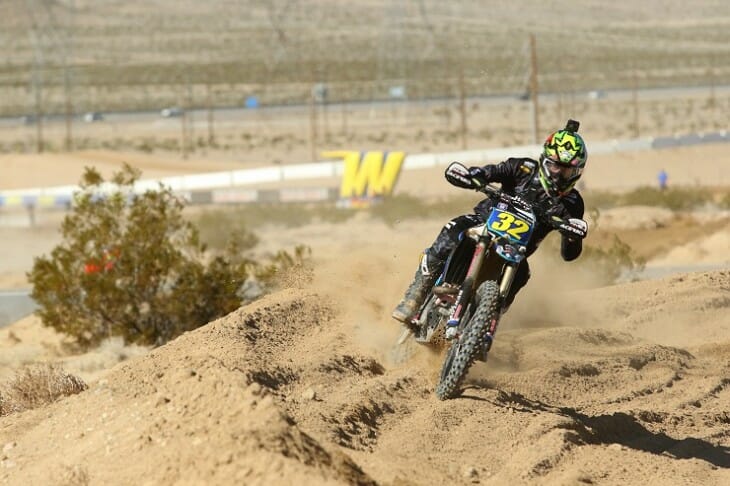 A victory at the Primm finale was the icing on the cake for Robby.
A victory at the Primm finale was the icing on the cake for Robby.
Talk about your midseason injury at Glen Helen (Robby crashed while racing a local motocross race and slammed his face into the handlebar).
I think that the injury that I had over the summer was one of just asking too much of myself, physically and mentally. As far as the training load, it was a little much. It was a culmination of a lot of different things that kind of came together at that one moment for me to just lose a little bit of focus and over-jump a jump that I definitely should not have over-jumped. I just grenaded my face and also hurt my ankle from the impact.
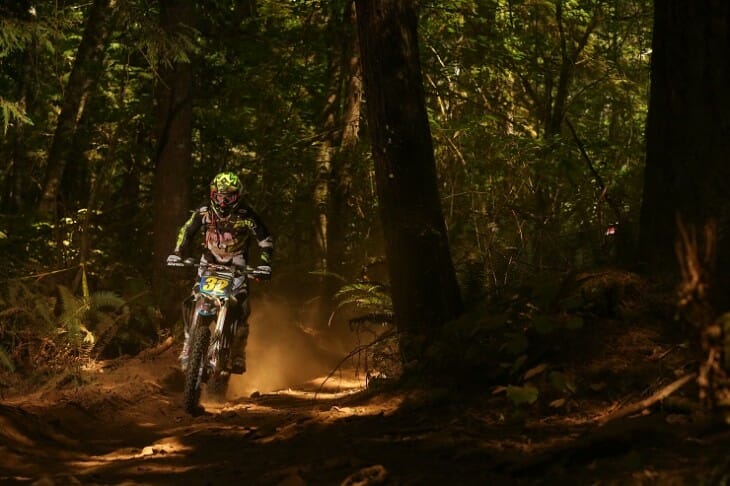 Only two weeks after shattering his face at a local motocross event, Bell had to face the Washington double-header, where he managed to pull off two top-10 finishes.
Only two weeks after shattering his face at a local motocross event, Bell had to face the Washington double-header, where he managed to pull off two top-10 finishes.
Earlier this year you mentioned that it was the heat, but now you say you over-trained.
I over-trained into the weekend, basically. I’d had a great start to the year and I was on a roll with the results and I was just riding that wave. I was using the summer to keep building and keep growing and keep improving and keep pushing myself because I thought, I can only go up from here.
So I do feel that in retrospect I was over-training from the fact that I trained all the way into the weekend. And even though it was just a local race for fun, I also asked too much of myself on the weekend doing three different classes—one of the classes being a full 30-plus-two and then two other 15-minute motos, back to back to back. On top of that with it being around 100 degrees, it all just culminated in me losing a little bit of focus and the bike overheating, and then when I snapped back to where I was on the course, I just thought I was in a place that I wasn’t and thought I was hitting a jump that I wasn’t.
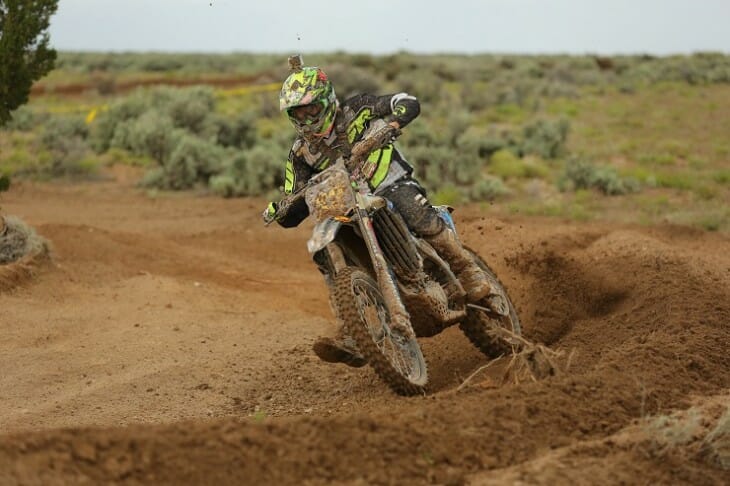 Bell nearly lost it all by pushing himself too hard in 2015.
Bell nearly lost it all by pushing himself too hard in 2015.
How did that injury affect you in WORCS?
I didn’t have time to heal up before Washington (the only double-header round of the season) but I was healed enough to make it through and get some points. It was only two weeks after. I didn’t want to take any risks in Washington and luckily I didn’t have to. I had such a good opening stretch in the series I could just go there and focus on getting top-10. And that would have been a good weekend. And so to get a seventh and an eighth over the weekend made it a victory for me in its own right. From there I was able to recover a little bit. At the next round at Glen Helen I got back to second and then at the finale in Primm I felt like I really got back to about where I was before the injury. I was able to finish the series with a win, which was, for me personally, just a huge statement, not so much to get the win against the competition, but just for myself. To come back from an injury that was so emotionally challenging and perform to the level I wanted to was a huge accomplishment in itself.
You commented at the time that it wasn’t your worst injury, but it was your most noticeable. Is that why it was more emotional?
Yeah. It goes beyond the collarbone or ankle or a knee or something like that. It’s in your face—your appearance does mean a lot no matter how much pride you take in it. It’s the first thing people see. Especially for me, I really love to smile so to lose all of my front teeth, it’s been tough. But by now I’ve accepted it. Obviously I’m on the road to recovery and I have the date set for surgery next year. Within a year and a half, two years, I’ll have a new smile. But in the meantime, it has been tough because my smile was one of my favorite features. Now I find myself, when I don’t have my temporary teeth in, I close-mouth smile. It’s just a more emotional, and like I said, a noticeable injury. But definitely not my worst. As far as the actual effects of the injury, it probably only took three weeks to a month and I was fairly good. My mouth was still sore a little bit, but I was still good to go as far as training and talking and getting back to normal life.
Why is it going to take a year and a half before you can get a permanent fix?
Unfortunately because I lost so much bone, they want to do two bone grafts. They want to take it from my hip. We could use cadaver bone, but there’s a better chance of my body accepting the graft if I use my own bone. So they have to open up my hip and detach the muscle. It’s a six-week recovery before I can be back on the bike so I had to schedule it where I had that kind of time. So next summer is when it all worked out.
After that they’ll wait about four months to make sure it’s good and they can do the initial screws and then they have to wait I think another three or four months to make sure that all takes, and then they can do the bridge or abutment. Then I think it’s four months and I finally get the actual teeth and then it’s probably another month or two of the cosmetics, making it look good. About summer of ’17 I should have a smile again.
Did that injury have to do with your decision not to race the Baja 1000 with your team this year?
Well, it’s just Baja: I started accumulating so many injuries, where in the States I stayed relatively injury free. Every time I went to Baja I came back with something.
You could say the glory years with Honda when I won the 1000 a couple times and had the 1x plate a few times and ever since then trying to go back down and win it on a Kawasaki, all the crashes and the injuries that I suffered down in Baja… And then in 2013 with the passing of Kurt, I was actually going to call it right there. Because I had a really bad crash the same time, just earlier in the race than Kurt had his accident. After that race, I was over it. It was just a sign that I didn’t need to be down there.
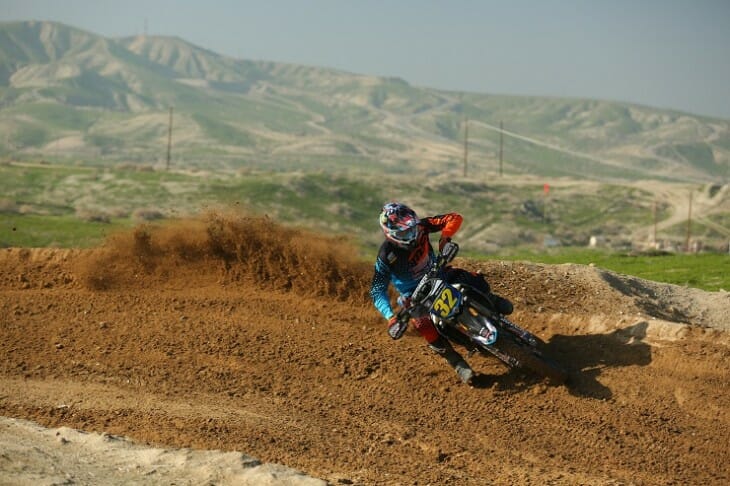 A win at the opening round in Taft started Bell’s WORCS series off on the right foot.
A win at the opening round in Taft started Bell’s WORCS series off on the right foot.
Kurt Caselli’s tragic accident cast a huge shadow over your own crash, but you had a bad one. What happened?
We had just unfortunately run out of gas and we had lost about 20 minutes. So I think I was a little antsy trying to make all that time up at once. In the first 10 miles of my section I was hanging it out pretty good, came up over a little rise and I still don’t’ know exactly what I hit; a rock, or more likely it was a stump, and I hit it hard enough to actually break the hub of my rear wheel. It sent me off the side of the course at 50 or 60 miles an hour into all these trees and bushes, and I think the third bush is the one that sent me over onto my head. It didn’t knock me out, but there were two minutes that I don’t remember. I actually had a lingering ankle and shoulder injury from that that went well into 2014.
And yet you returned to Baja in 2014.
Through 2014, I started to think about it more and more and I didn’t really want that year to be my last memory of Baja, because in 2013 I crashed and hurt myself at each of the events. I wanted to go down one more time and race for the win and ride a little different than I had in the year that I moved on from Honda where I was just all about the win and hanging it out, taking chances. I wanted to kinda ride within myself and have a good experience with Baja and leave it at that.
That must have been a very emotional decision.
It was. I had a lot of talks with my wife about it because she definitely had an opinion about Baja. As you can imagine she just didn’t want to see me hurt anymore. So it was a lot of heart to hearts and basically me promising her I wasn’t going to go down there and hang it out. I was going to go down and ride within myself and have a positive experience with Baja and leave it at that. So the fact that I was, one, able to keep that promise to her, and two, able to earn the victory, it was like, okay, “I don’t need to go back there anymore.” Honestly, it couldn’t have gone any better and it couldn’t be a better place to end my Baja career. I’ve achieved more than I could ever dream down there and that’s just a perfect place to end my career in Baja.
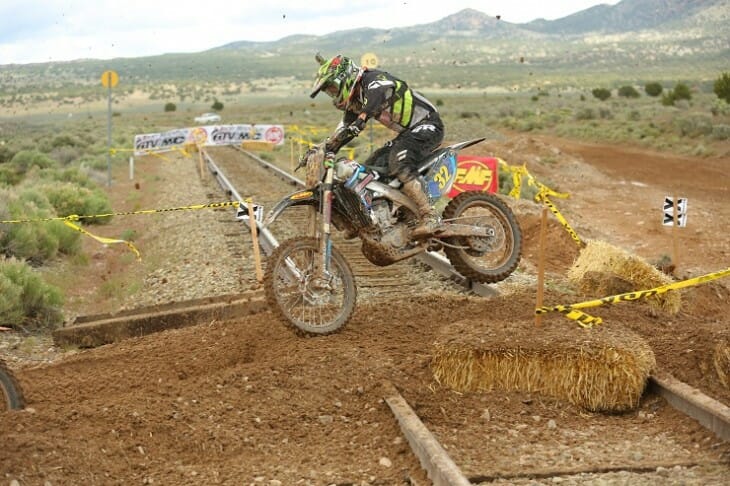 With the exception of the Washington rounds, Bell never finished worse than second in 2015.
With the exception of the Washington rounds, Bell never finished worse than second in 2015.
Looking to the future, what lies ahead for your career?
I definitely don’t want to be the 40-year-old still racing competitively. I just turned 30 in September, so it’s not like I feel old by any stretch, and I’m not burnt out or anything. I’m actually probably enjoying riding and training and racing more than I ever have in my life. It’s just that there are new challenges I want to face and new skills that I want to build and a new career that I want to build, I suppose. I want to enjoy another year of racing a full schedule and then I think start to scale back. My wife and I want to start a family pretty soon, and I just feel like I want to build the next chapter instead of hanging onto this chapter.
What is on the program for 2016?
For next year, my plan is to race WORCS and defend my number-one plate. I’m also going to chase the full Big 6 Grand Prix series, and I know for sure I’ll be racing the Elsinore Grand Prix and probably the 24 Hours of Glen Helen. Beyond that, I’m going to be helping develop the Precision Concepts off-road race team and helping Justin Seeds and Justin Morgan to improve. Hopefully we’ll have a couple pretty big announcements very soon as far as companies coming on board for 2016.
You can read the original magazine story by clicking HERE.